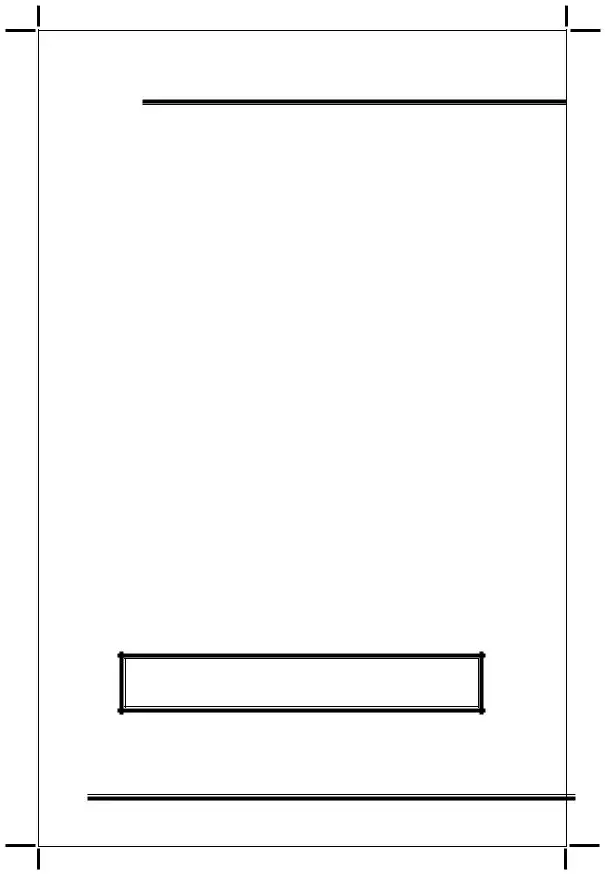The Fire Support Execution Matrix is a crucial document encompassing detailed tactics, techniques, and procedures tailored for the Combined Arms Commander, encapsulated within the comprehensive manual FM 3-09.31 (FM 6-71) MCRP 3-16C, issued in October 2002. This pivotal guide navigates through the intricate synchronization of fire support, delineating responsibilities across various commanders, from maneuver and brigade levels to company commanders and specialized support roles such as Air Liaison Officers and Intelligence Staff. The manual meticulously outlines operational tactics across different scenarios—offensive, defensive, stability, and support operations, including specific environments such as urban terrain and airborne assaults. It emphasizes the strategic planning process, integrating military decision-making processes, commander's intent, and positioning of fire support assets. The document further explores the execution phase, highlighting the criticality of managing fire support coordinating measures, counterfire, and airspace control, ensuring effective communication and coordination for successful mission outcomes. Appendices provide tangible examples of fire support products, and characteristics of artillery, mortar, and naval surface fire support, enhancing the commander's understanding and application of fire support in combined arms operations. This guide stands as a testament to structured preparation and execution of fire support, underlying the importance of adaptive planning, detailed coordination, and precise execution in modern military operations.
| Question | Answer |
|---|---|
| Form Name | Fire Support Execution Matrix Pdf Download Form |
| Form Length | 95 pages |
| Fillable? | No |
| Fillable fields | 0 |
| Avg. time to fill out | 23 min 45 sec |
| Other names | mcrp fire, procedures fire support template, mcrp fire get, execution matrix form template |

FM
MCRP
TACTICS,
TECHNIQUES, AND PROCEDURES FOR FIRE SUPPORT FOR THE COMBINED ARMS COMMANDER
OCTOBER 2002
DISTRIBUTION RESTRICTION: Approved for public release; distribution unlimited.
HEADQUARTERS,
DEPARTMENT OF THE ARMY
UNITED STATES MARINE CORPS

|
*FM |
|
MCRP |
Field Manual |
Headquarters |
No. |
Department of the Army |
|
Washington, DC, 1 October 2002 |
TACTICS, TECHNIQUES, AND
PROCEDURES FOR
FIRE SUPPORT FOR
THE COMBINED ARMS
COMMANDER
Table of Contents
Page PREFACE . . . . . . . . . . . . . . . . . . . . . . . . . . . . . . . . . . . . . . .. . . . . . . . . . .v
Chapter 1
Key Terms and Definitions |
Chapter 2 FIRE SUPPORT
Maneuver Commander. . . . .. . . . . . . . . . . . . . . . . . .. . . . . .
Maneuver XO . . . . . . . . . . . . . . . . . . . . . . . . . . . . . . . . . . .
Maneuver
Maneuver S2 . . . . . . . . . . . . . . . . . . . . . . . . .. . . . . . . . . . . .
Brigade/Task Force (TF) Engineer. . . . . . . . . . . . . . . .. . . .
Brigade/TF Chemical Officer . . . . . . . . . . .. . . . . . . . . . . .. .. . .
Air Liaison Officer (ALO)/Tactical Air Control
Party (TACP) . . . . . . . . . . . . . . . . . . . . . . .. . . . . . . . . . . . .
Fire Support Coordinator (FSCOORD)/Direct
Support (DS) Battalion Commander. .. . . . . . . . . . . . . .. . . .
Brigade Fire Support Officer
Brigade Fire Support Plans Officer.. . . . . . . . . . . . . . . . . .. . . . .
DISTRIBUTION RESTRICTION: Approved for public release; distribution is unlimited.
* This publication supersedes FM
I

FM
MCRP
Targeting Officer.. . . . . . . . . . . .. . .. . . . . . .. . . . . . . . .
Striker Platoon. . . . . . . . . . . . . . . . . . .. . . . . . . . . . . .
Representative . . . . . . . . . . . .. . . . .. . . . . . . . . . . . .
Chapter 3 THE TACTICS OF FIRE SUPPORT . . . . . . . . .. . .
Offensive
Defensive
Stability Operations. . . . . . . . . . . . .. . . . . . . . . . . . . .
Support
Military Operations in Urban Terrain (MOUT) . . . . .. .
Breaching Operations . . . . .. . . . .. . . . . . . . . . . . . . . .
Passage of Lines . . . . . . . . . . . . . . . . .. . . . . . . . . . . . .
Airborne Operations. . . . . . . . . . . . . . . . . . . . . . . . .. .
Air Assault
Chapter 4 FIRE SUPPORT TECHNIQUES AND PROCEDURES
. . . . . . . . . . . . . . . . . . . . . . . . . . . . . . . . . . . . . . . . . .. . . . . . . . . . . .
Military Decision Making
Mission Analysis. . . . . . . . . . . . . . . . . . . . . . . .. . . . . . .
Intelligence Preparation of the Battlefield
Commander's Intent . . . . . . . . . . . . . . . . . . . . . . .. . . . .
II

___________________________________FM
MCRP
Commander's Guidance for Fire
Observer Planning . . . . . . . . . . . . . . . . . . . . . . . . . . . . .
Tasks . . . . . . . . . . . . . . . . . . . . . . . . . . .. . . . . . . . . . . .
Force Fights. . . . . . . . . . . . . . . . . . . . . . . . . . . . . . . . .
Measures. . . . . . . . .. . . . . . . . . . . . . . . . . . . . . .. . . . . .
(A2C2) and Close Air Support (CAS)
Considerations . . . . . . . . . . . . . . . . . . . . . . . . . . . . . .
Execution . . . . . . . . . . . . . . . . . . . .. . . . . . . . . . . . . . .
Appendix A EXAMPLES OF FIRE SUPPORT
Appendix B ARTILLERY AND MORTAR
CHARACTERISTICS . . . . . . . . . . . . . . . . . . . . . . . .
Appendix C CAS CHARACTERISTICS . . . . . . . . . . . . . . . . . . .
Appendix D NAVAL SURFACE FIRE SUPPORT
CHARACTERISTICS . . . . . . . . . . . . . . .. . . . . . . . .
Appendix E TARGET ACQUISITION AND IEW
III

FM
MCRP
. . . . . . . . . . . . . . .. . . . . . . . . . . . .. . . . . . . .GLOSSARY . . |
|
REFERENCES |
|
INDEX |
. . . . |
|
|
IV

___________________________________FM
MCRP
Preface
Like its predecessors TC
The proponent for this publication is HQ TRADOC. Send comments and recommended changes on DA Form 2028 (Recommended Changes to Publications and Blank Forms) directly to:
Commandant
US Army Field Artillery School
ATTN:
Fort Sill, OK
DSN
Comments and recommended changes can also be emailed to the USAFAS doctrine point of contact for this manual through the doctrine homepage at URL: http://155.219.39.98/doctrine/wddfrm.htm
V

FM
MCRP
Unless this publication states otherwise, masculine nouns or pronouns do not refer exclusively to men.
.
VI

___________________________________FM
MCRP
Chapter 1
SYNCHRONIZATION
“There is still a tendency in each separate unit…to be a one- handed puncher. By that I mean that the rifleman wants to shoot, the tanker to charge, the artilleryman to fire…That is not the way to win battles. If the band played a piece first with the piccolo, then with the brass horn, then with the clarinet, and then with the trumpet, there would be a hell of a lot of noise but no music. To get the harmony in music each instrument must support the others. To get harmony in battle, each weapon must support the other. Team play wins. You musicians of Mars must not wait for the band leader to signal you…You must each of your own volition see to it that you come into this concert at the proper place and at the proper time…”
General George S. Patton, Jr., 8 July 1941, address to the men of the 2nd Armored Division, The Patton Papers, Vol. II, 1974

FM
MCRP
Key Terms and

___________________________________FM
MCRP
TASK: Describes the targeting objective that fires must achieve against a specific enemy formation's function or capability. These formations are
•Objective. Targeting objectives such as disrupt, delay, limit or destroy (per FM
•Formation. A specific element or
•Function. A capability of the formation that is needed for it (the enemy formation) to achieve its primary task and purpose.
PURPOSE: Describes the maneuver or operational purpose for the task. Normally described in terms of the maneuver purpose. This should identify as specifically as possible the friendly maneuver formation that will benefit from the targeting objective and describe in space and time what the objective will accomplish.